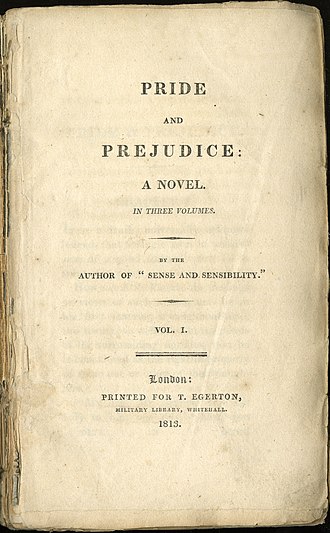Discover Your Roots
SIGN UPDiscover Your Roots
SIGN UPPride is an English gender-neutral name that signifies "Satisfaction From Achievement." The name originates from the late Old English word "prut," possibly derived from the Old French "prud" meaning "brave" or "valiant." In ancient Greek philosophy, Aristotle distinguished "proper pride" as the crown of virtues, differentiating it from hubris, which he defined as excessive self-esteem leading to shame for others. From a psychological standpoint, positive pride results from self-evaluation and conformity to standards. It is considered a self-conscious emotion, often accompanied by pleasant and exhilarating feelings. Pride also has economic implications, with "proper pride" associated with genuine achievements and "false pride" considered maladaptive. The concept of pride extends to ethnic, cultural, and group identity, with movements like Mad Pride and LGBT Pride advocating for self-acceptance and equal rights. However, excessive pride, known as hubris, can lead to conflict and negative outcomes. Vanity, often confused with pride, involves an excessive or irrational belief in one's abilities or attractiveness.

Jane Austen's "Pride and Prejudice," published in 1813, is a novel of manners that unravels the character development of Elizabeth Bennet. The story showcases the repercussions of hasty judgments and the appreciation of true goodness. Set in the early 19th century, the Bennet family struggles with potential poverty upon the death of the family patriarch. The plot revolves around the imperative need for the daughters to marry well to secure their futures. The arrival of Mr. Bingley, a wealthy bachelor, and his friend, Mr. Darcy, sets the stage for romantic entanglements and societal expectations. The enduring popularity of "Pride and Prejudice" is evident through its consistent inclusion in lists of most-loved books and the sale of over 20 million copies. The novel has inspired numerous adaptations in literature, film, and television, captivating audiences for generations. With its timeless themes and memorable characters, "Pride and Prejudice" continues to enchant readers and viewers alike, making it a cherished classic in English literature.

Pride and Glory is a 2008 American crime drama film directed by Gavin O'Connor, featuring a star-studded cast including Edward Norton, Colin Farrell, Jon Voight, and Noah Emmerich. The plot revolves around a NYPD detective who uncovers a police corruption scandal involving his brother-in-law, putting their family of law enforcement officers at risk. The movie received mixed reviews from critics and grossed $43.4 million worldwide. Directed by Gavin O'Connor and his twin brother Greg, the film's production was inspired by their father's experience as a New York City detective, aiming to pay homage to the world of honest cops. The story delves into the complexities of family ties and the challenges of maintaining integrity in the face of corruption within the police force. With a compelling narrative and powerful performances, Pride and Glory offers a gripping portrayal of the moral dilemmas faced by those in law enforcement.

Pride Tomlinson (July 16, 1890 – November 27, 1967) was a prominent figure in the Tennessee legal system, serving as a justice of the Tennessee Supreme Court from 1947 to 1961. He hailed from Culleoka, Maury County, Tennessee, and pursued his education at the University of the South at Sewanee before obtaining a law degree from the George Washington University. After being admitted to the bar in 1920, he dedicated significant years of service as the Maury County attorney from 1921 to 1947. Tomlinson's influence extended to his role as chairman of the Tennessee Code Commission and as a special judge of the Tennessee Supreme Court. Notably, he was appointed to the court by Governor Jim Nance McCord in 1947. Throughout his tenure, Tomlinson made substantial contributions to the legal landscape, being elected to various terms and holding the position of president of the Judicial Conference. His legacy lives on, with his retirement from the court in 1961 and subsequent passing in 1967 at the age of 77, following a brief illness.


All images displayed on this page are sourced from Wikipedia or Wikimedia Commons.We use these images under their respective Creative Commons or public domain licenses. Wherever applicable, author attributions and license information are provided. If you believe an image is used incorrectly or outside its license terms, please contact us so that we can review and correct the issue.